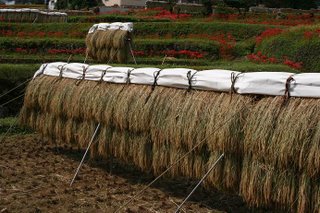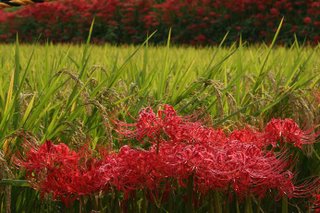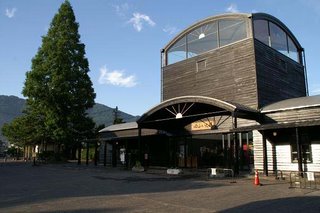Typhoons are in season now in Japan. There seem to be a lot of disasters caused by typhoons and torrential rains this year.
In recent years, more and more people have started to think about moving into the rural countryside, away from the city life. Some long for rural life because it’s richly endowed with nature. Some do so because there is milk of human kindness. Others do so because living expenses are low.
Some rural cities and towns try to absorb such people positively. It will result in the revitalization of regional community.
There also are some people who would like to support to work as a bridge. These photos were provided by such a person who is a friend of mine.
Iwashiro is a small town with a population of about 10,000, located at the center part of Fukushima prefecture and east of Mt. Adatara. People try to protect and develop nature and traditional Japanese culture.For more photos for Iwashiro, access to my website:
http://www.realjapan.org/photo/Iwashiro/index.html
(Weeping Cherry Tree at Historic Battlefield)
 (Mt. Fuji View from Mt. Hiyama)
(Mt. Fuji View from Mt. Hiyama)

(Annual Festival of Bannin Komori Jizoson (Guardian Deity of All Children)












 (Yufuin Station)
(Yufuin Station) (Yufuin, Quiet Town Surrounded by Mountains)
(Yufuin, Quiet Town Surrounded by Mountains)

 (Mt. Fuji View from Mt. Hiyama)
(Mt. Fuji View from Mt. Hiyama)